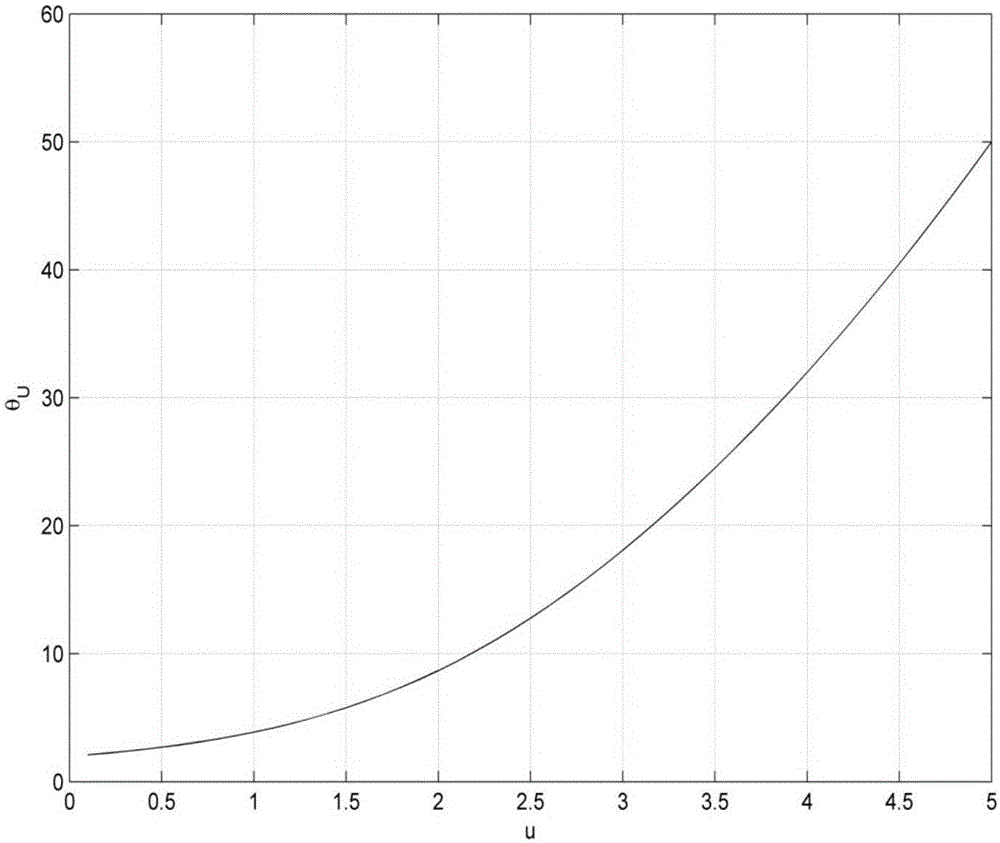Method for evaluating PAM-OFDM (Pulse-amplitude Modulation-Orthogonal Frequency Division Multiplexing) visible light communication system signal peak-to-average ratio
A technology of PAM-OFDM and visible light communication, which is applied in the field of evaluating the signal peak-to-average ratio of PAM-OFDM visible light communication system, which can solve the problems that complex signals cannot be used and achieve high accuracy.
- Summary
- Abstract
- Description
- Claims
- Application Information
AI Technical Summary
Problems solved by technology
Method used
Image
Examples
Embodiment Construction
[0031] like figure 1 and 2 As shown, a series of high-speed parallel bit streams are serially converted to multiple parallel low-speed data streams, and then the parallel low-speed data streams are pulse amplitude modulated (PAM) and the modulated symbols are added as the imaginary part of the signal to be transmitted, that is, the first The signal on the k-way subcarrier is S k =jA k , each subcarrier frequency domain signal of PAM-DMT satisfies conjugate symmetry, and its frequency domain frame structure is:
[0032]
[0033] After IFFT, the time domain signal s n It can be expressed as
[0034]
[0035] Note that the time domain signal of PAM-DMT has odd symmetry, namely:
[0036]
[0037] Therefore, zero-crossing clipping will not lose any information on the IFFT output signal of PAM-DMT. Therefore, the lower clipping of the PAM-DMT signal is zero-crossing clipping, and the upper clipping depends on the situation. The clipping process is:
[0038]
[003...
PUM
 Login to View More
Login to View More Abstract
Description
Claims
Application Information
 Login to View More
Login to View More - R&D
- Intellectual Property
- Life Sciences
- Materials
- Tech Scout
- Unparalleled Data Quality
- Higher Quality Content
- 60% Fewer Hallucinations
Browse by: Latest US Patents, China's latest patents, Technical Efficacy Thesaurus, Application Domain, Technology Topic, Popular Technical Reports.
© 2025 PatSnap. All rights reserved.Legal|Privacy policy|Modern Slavery Act Transparency Statement|Sitemap|About US| Contact US: help@patsnap.com



